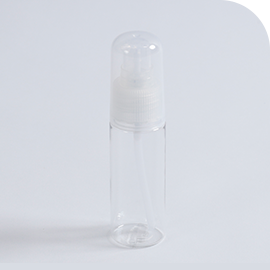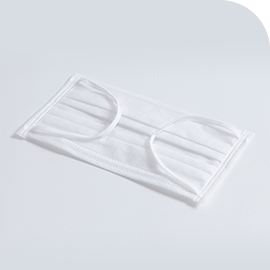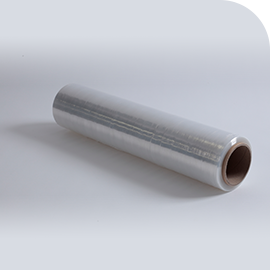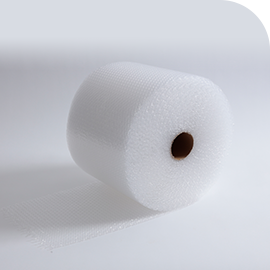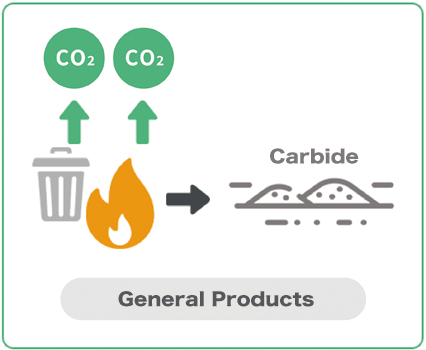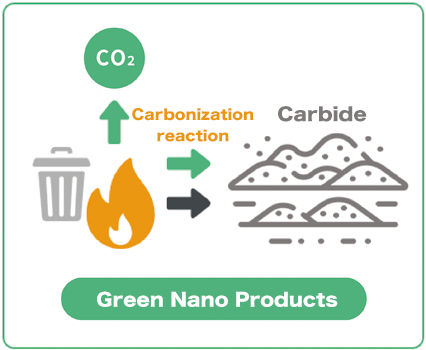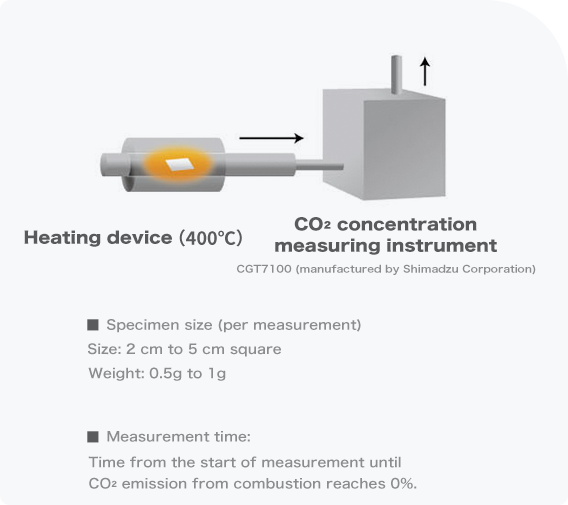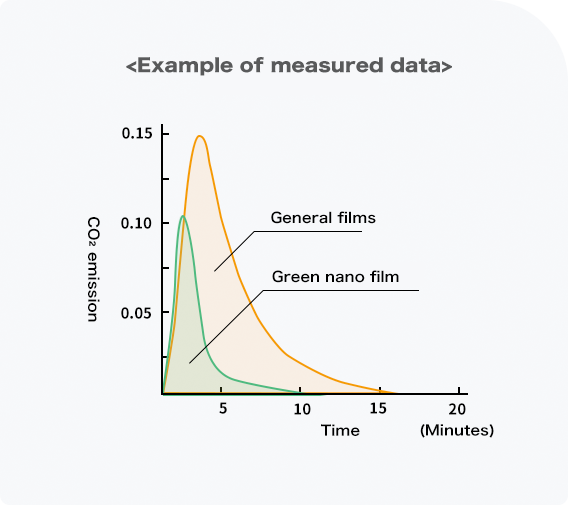What is Green Nano?
About us
This Japanese technology significantly reduces
CO2 emissions during combustion by adding only
a small amount of functional masterbatch to ordinary plastics.
Supported products: (e.g.)
hangers, hooks, cups, spoons, forks, plastic bottles, tanks, spray bottles and other spray products / plastic bags, garbage bags and other film-related products, packaging materials, plastic umbrellas, etc. / masks, eco bags and other
Applicable materials: PP / LDPE / LLDPE / HDPE / PET / PS / ABS Others (solvent dispersion type)
What is Solvent Dispersion?
Functional Masterbatches (MB) are set so that additives with CO
2 reduction effects are appropriately dispersed when plastic products are molded. Solvent dispersion" or "water dispersion" means that the CO
2-reducing additive is dispersed in a solvent-based (e.g. ethyl acetate) or water-based solution. For example, additives can be added to adhesives for dry laminating or seal labels.
 Plastic Smart initiatives
Plastic Smart initiatives
with your usual equipment.
Unlike vegetable-derived plastics, which are inferior in transparency and strength, only a small amount of functional masterbatch is added, so the performance of ordinary plastic products is almost maintained, and the product can be recycled.
The design, materials, and production facilities remain the same when introducing the product, so there is almost no labor or initial cost. Since only a small amount is added, it is said to be one of the most environmentally friendly plastics that can be made "eco-friendly" at a low cost."
 Functional masterbatches for uniform
Functional masterbatches for uniform
dispersion of carbonization accelerators
Functional masterbatches contain an additive (carbonization accelerator) that reduces CO2 emissions, and when an appropriate amount is added to the plastic molding material, the carbonization accelerator is appropriately dispersed in the molding plastic.
The moderate dispersion of the carbonization accelerator in the molded plastic allows a more effective chemical reaction to occur, resulting in an eco-plastic with a sufficient CO2 reduction effect even with a small amount of the accelerator added.









